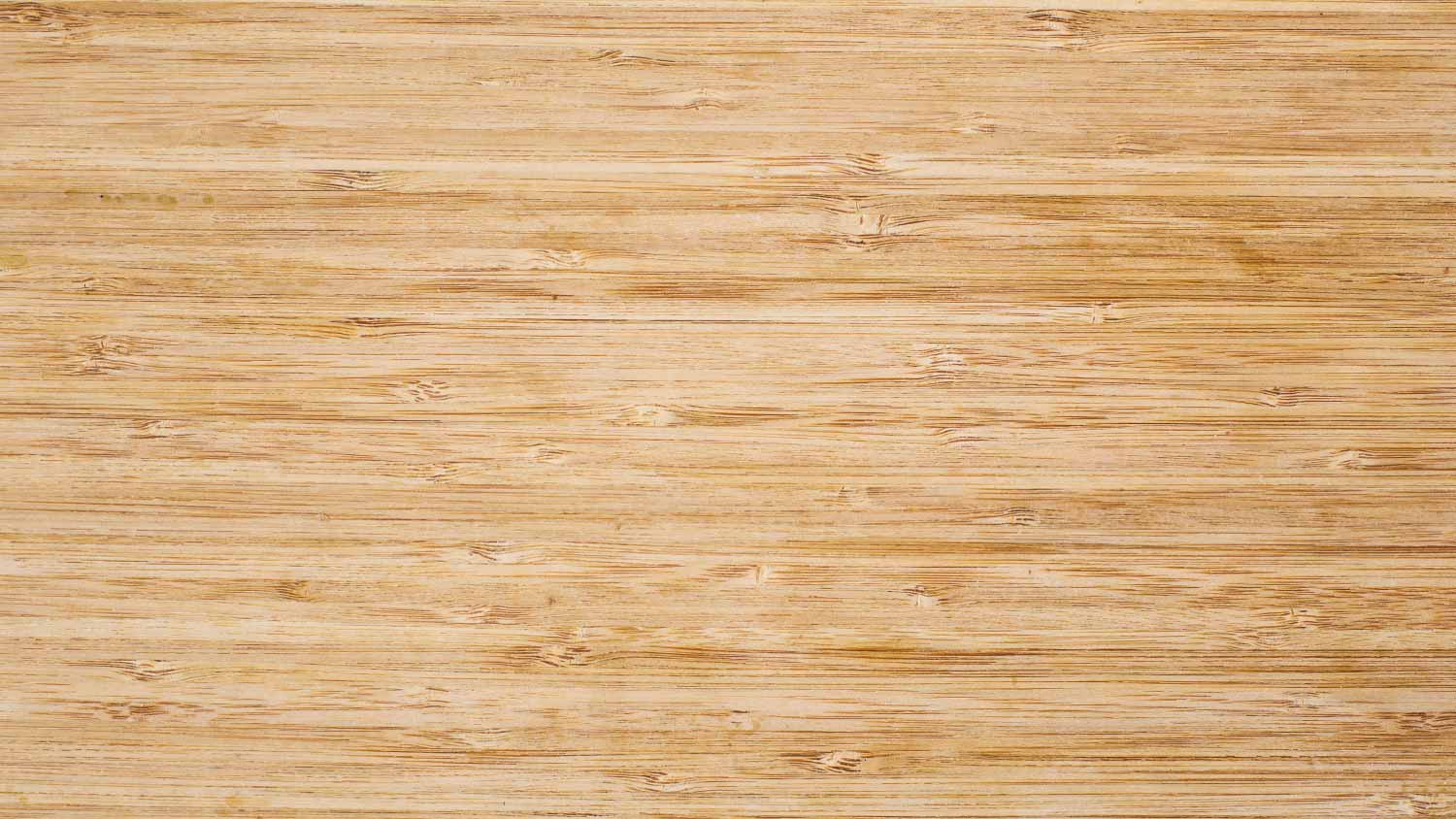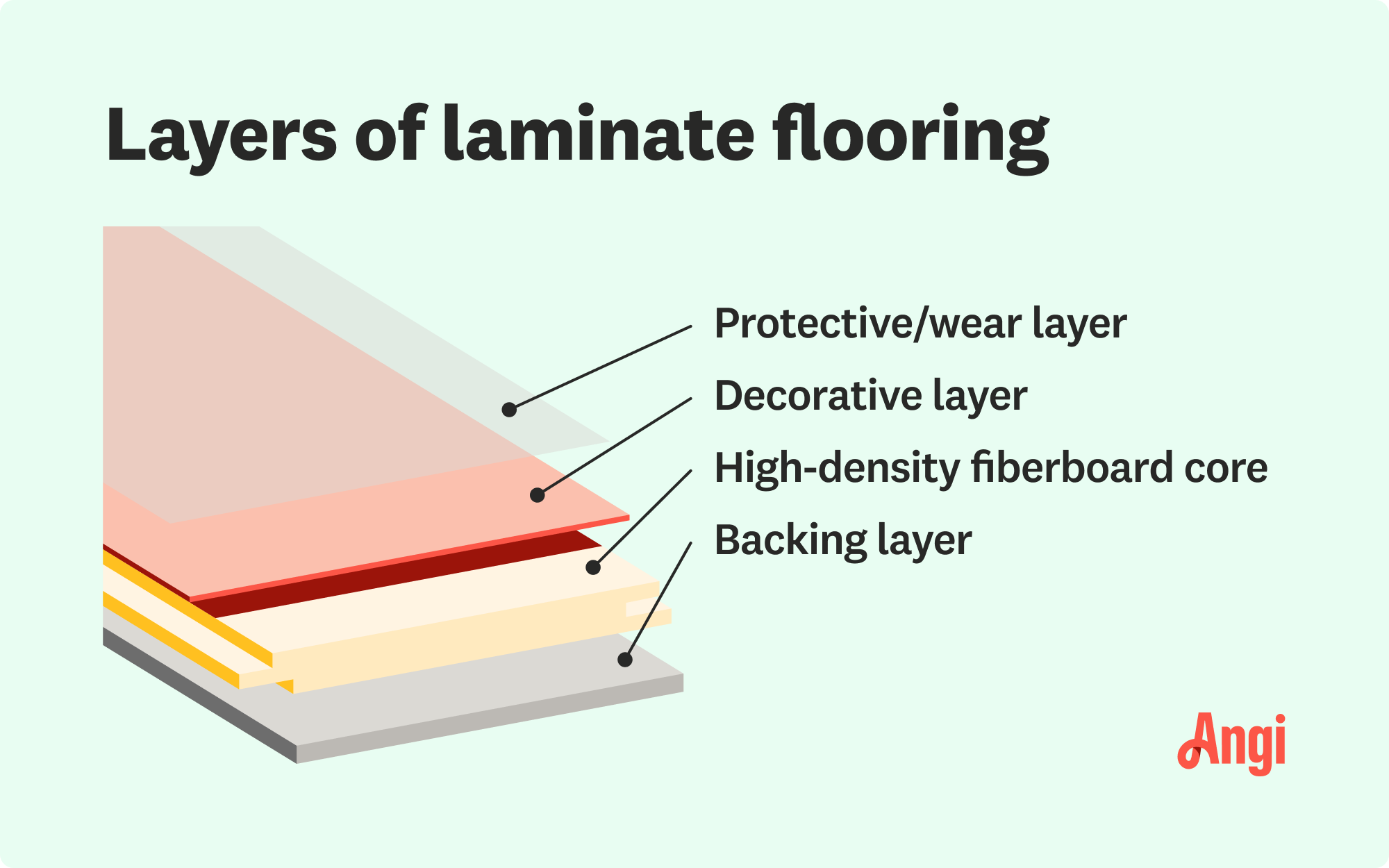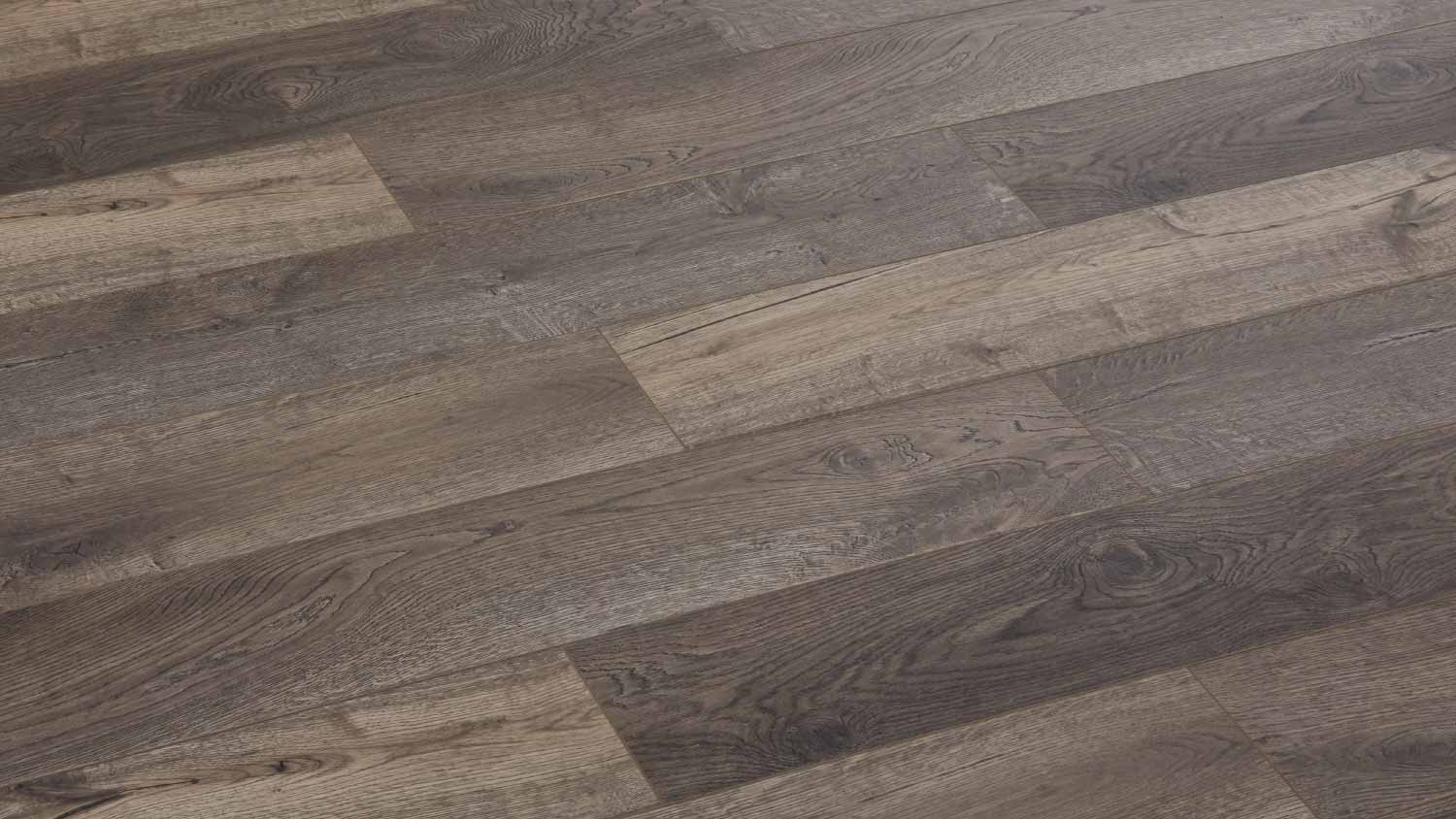
Installing new baseboards can totally refresh the look of your walls. Learn about the cost to install baseboards in your home.
Whether nature- or factory-made, they’re not wood (even though they look the part)


Bamboo flooring is made of a hard grass, and laminate is synthetic flooring made of many different materials that are compressed.
Bamboo is a bit more expensive on average at $2 to $20 per square foot compared to $3 to $13 per square foot for laminate.
Both bamboo and laminate are prone to water damage, but laminate has more waterproof coating options, while bamboo is harder and more durable.
Laminate has more aesthetic options than bamboo.
When it comes to affordable flooring options, laminate is an obvious pick for easy maintenance and endless customization options. However, bamboo is becoming more popular for its affordability and sustainability. How do you know which one is better for your home? Here are the differences between bamboo flooring versus laminate that you should consider before making your choice.
Laminate is synthetic, and bamboo is natural. However, both are solid alternatives to durable yet expensive hardwood floors. Bamboo has an earthy look with options for floating the planks or attaching them to the subfloor. A local pro can install laminate over existing floors without tearing them out, and several colors and patterns are available. While both laminate and bamboo flooring are susceptible to water damage, maintenance and cleaning are easier with laminate floors.

Bamboo flooring is made from the bamboo plant. It’s technically a type of grass, not wood, and most bamboo floors are made from Moso bamboo. There are a few different types of bamboo flooring that differ based on how they fit together and their grain. Bamboo is meant to have a very naturalistic, wood-like finish, and you can choose bamboo that’s been darkened for a more elegant appearance.
There aren’t as many color and pattern options available with bamboo as there are with laminate flooring. Strand-woven bamboo is the strongest type of bamboo flooring that also opens up the most options aesthetic-wise, and it can be fixed to the subfloor or float.
| Pros | Cons |
|---|---|
| Some types are DIYable | Limited colors and patterns |
| Versatile | Susceptible to water damage |
| Highly sustainable | Incredibly heavy |
Best for:
Eco-conscious homeowners
Naturalistic, tropical, and minimalist aesthetics
Homes with low foot traffic
Homes in areas with low, stable humidity year-round
The Moso bamboo used to make bamboo flooring is one of the fastest-growing plants in the world, which makes bamboo incredibly sustainable compared to other materials. Subsequently, it has become very popular with environmentally conscious homeowners in recent years as an eco-friendly flooring option. Bamboo flooring costs $2 to $20 per square foot.
Bamboo flooring planks have a very clean and natural appearance. Horizontal-grain bamboo planks have the same knots and gnarls as bamboo stalks, while vertical-grain and strand-woven bamboo bear a closer resemblance to genuine hardwood. It is possible to DIY several different types of bamboo flooring, so talk to a local pro about which options are better suited for a DIYer.
The biggest con of bamboo flooring is that it absorbs water like a sponge. Homeowners in areas that see frequent floods may want to avoid bamboo flooring for this reason. High humidity can also warp bamboo flooring, and this effect can worsen if humidity levels are inconsistent throughout the year.
Some homeowners find the natural knot patterns of horizontal-grain bamboo off-putting. Most types of bamboo floors can be finished, but more inexpensive horizontal-grain planks don’t take finishes well, so you’ll have fewer options. Higher-quality strand-woven bamboo flooring carries a higher price tag, too, and the most durable options require help from a local flooring pro to install correctly.

Laminate is a human-made composite flooring that first hit the market in the 1980s as an affordable alternative to hardwood. Laminate has come a long way since, and there are now thousands of aesthetically pleasing and high-quality laminate flooring options.
Laminate consists of four main layers:
Protective/wear layer: Offers some protection from daily wear and tear so that the image layer isn’t damaged
Decorative/image layer: Lends the laminate plank its look
Core: Gives the flooring its structure and strength
Backing layer: Moisture layer that protects against warping
Laminate flooring can be installed by a professional, but one of its strong points is that you can easily DIY laminate floor installation because there's no need to tear out existing floors.
| Pros | Cons |
|---|---|
| Easy to install | Susceptible to water damage |
| Inexpensive | Durable types cost more |
| Huge variety of colors and patterns | Easy to dent and scratch |
| Easy cleaning and maintenance | Slippery |
Best for:
Homeowners on a budget
People who need flooring that matches a specific aesthetic
Homes with medium to low foot traffic
Laminate flooring doesn’t require a full replacement of the subfloor, and you also don’t have to glue laminate to the floor. It can easily go over existing flooring to give your home a facelift, although many homeowners still look into replacing the subfloor to prevent unevenness and cratering. Another bonus: Laminate floors are easy to clean with most floor cleaners.
The main selling point of laminate flooring is that it doesn’t have to look obviously synthetic anymore. There is a near-infinite variety of laminate flooring options that look like wood, stone, crystal, and more to account for so many different tastes and aesthetics.
Like bamboo, laminate flooring doesn’t stand up to water very well. Extensive exposure to water can cause warping, buckling, and bacterial growth. Laminate flooring costs $3 to $13 per square foot, which is relatively inexpensive compared to bamboo and hardwood, but floors with waterproof coatings will be on the high end of that range.
Even though laminate floors have special coatings to protect them, they can still dent and scratch easily from energetic kids, excited pets, or moving furniture. As with the waterproof models, more durable laminate will be more expensive if you expect it to withstand heavy foot traffic. Additionally, laminate coatings are slippery, so they can easily cause children, older household members, and pets to fall after initial installation or a deep clean.

Still having a tough time deciding? See how bamboo flooring and laminate stack up in key categories.
Bamboo flooring can look extremely beautiful, especially in rooms that have a very naturalistic or tropical feel to them. Laminate wins on appearance, though, because there are so many more options. It can look like wood, but it can also look like countless other materials and be virtually any color of the rainbow.
While there are more eco-friendly laminate options hitting the market all the time, bamboo is one of the most sustainable and renewable materials on the planet. Bamboo can grow almost 3 feet in one day. Laminate is made from composite materials, which is a point in its favor. However, this also means that most recycling centers will not take laminate, so if you want to keep it green, you’ll have to upcycle it.
Laminate and bamboo flooring are fairly close in price. On average, laminate flooring is less costly than bamboo. The lowest end of laminate’s price range is $2 per square foot. Bamboo floors also start at $2, but the highest-quality laminate planks top out around $13 per square foot. The toughest strand-woven bamboo flooring can cost as much as $20 per square foot.
Bamboo may essentially be a giant grass, but it’s harder than many types of wood. Strand-woven bamboo is harder than white oak, hickory, and hard maple trees on the Janka hardness scale. Laminate may look like wood, but its toughness doesn’t come close.
Both bamboo and laminate have a life span of 15 to 30 years. As long as your flooring isn’t exposed to extensive water and humidity, bamboo will last longer than laminate, thanks to its durability alone. Bamboo can also be finished to extend its life, but the coating on laminate prevents that.
From average costs to expert advice, get all the answers you need to get your job done.

Installing new baseboards can totally refresh the look of your walls. Learn about the cost to install baseboards in your home.

Subflooring makes your floors sturdy and level. Learn more about the cost to install plywood subflooring and factors that affect the price.

Cork is a good option if you want a beautiful, natural floor. Here are all of the cork flooring costs you can expect as you plan your project.

Confused about what type of plywood is best for subflooring? This guide tells you all you need to know, based on the unique requirements and scope of your project.

Updated flooring can make any room in your home feel brand new. Explore flooring installation costs in Tampa, FL, from materials to labor costs.

Floor joists are an important part of your flooring system. Learn more about what a floor joist is, what it does, and when to repair it.